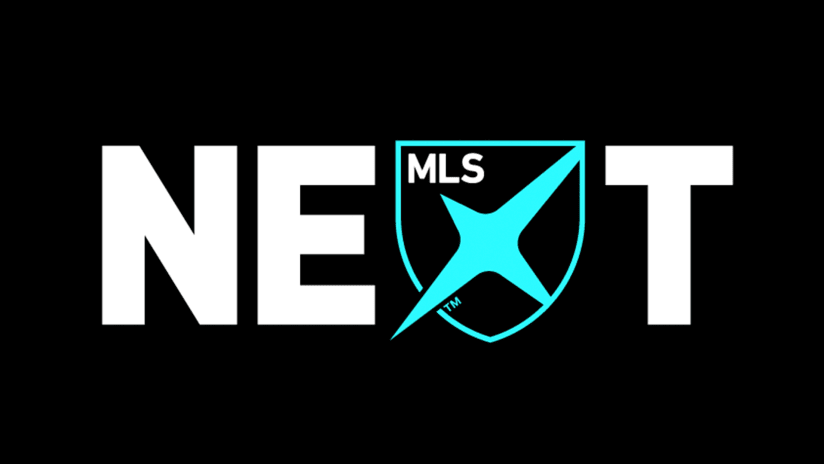6-foot-2, 6-foot-3, 5-foot-11, 6-foot-0, 6-foot-1.
Those are the heights of the top five picks in this year's SuperDraft (Cyle Larin, Khiry Shelton, Romario Williams, Fatai Alashe, Nick Besler).
5-foot-8, 5-foot-6, 5-foot-7, 5-foot-7, 5-foot-6.
Those are the heights of the five players signed to Homegrown contracts during the 2014 regular season that weren't available for selection until the 2015 season (Collin Fernandez, Ben Swanson, Alejandro Zendejas, Sebastian Saucedo, Marco Bustos).
These two different samples are just a small example of the disparity between SuperDraft picks and Homegrown players in terms of physical size.
Some of the Homegrown players mentioned above may still be growing, but it seems highly unlikely that any would sprout to a size commensurate with that of the top 5 picks.
MLS has long been known for its physicality, and that has been represented in the SuperDraft over the years. Players with size, speed, and athleticism have, by and large, been more prized than smaller, more technical players. While there's no hard-and-fast reason why -- just as there's no hard and fast rule that large, athletic players can't also be wildly skillful -- conventional wisdom says it's easier to fit players who are more physically gifted into multiple roles.
| Size of Draft picks vs. Homegrowns since 2012 | ||||
| Type | Avg. Height (in.) | Avg. Weight (lbs.) | ||
| SuperDraft | 71.9 | 171.6 | ||
| Homegrown | 70.1 | 161.1 | ||
But the SuperDraft is no longer the only (or best) way for college-aged players to enter MLS, and hasn't been for more than half a decade. With the rise of the Academy system, more and more of the latter type of players -- small, technical, not eye-poppingly athletic -- have emerged. It looks as though pro teams are finding talent where the NCAA has often failed to look.
Diego Fagundez, Wil Trapp, Russell Teibert and Harry Shipp have become stars because of their technique rather than their physical stature. Raul Mendiola, Dillon Serna, Zach Pfeffer, Sebastian Saucedo, Jeremy Gagnon-Lapare, Kellyn Acosta and a host of others look poised to join them in the next 24 months.
Want conventional wisdom for the reasons behind that influx? Simple: their teams have been able to see each of these players develop and figure out where they fit into the team structure. They have crafted a tool for a specifc job, rather than relying upon finding a random tool and hoping it fits.
This disparity has become readily apparent over the past three years. The table above shows the average height and weight of each field player drafted in the first two rounds of the SuperDraft and the same for each Homegrown player signed since the end of the 2011 season. The player acquistion model for each is vastly different, and it's worth noting the sheer volume of attackers -- guys like Fagundez and Shipp, not to mention Andy Najar, the first cross-continent success of the Academy system -- who've come through the Homegrown program.
Time will only tell if this trend continues. But at the moment there is little doubt that the advent of the Homegrown initiative is changing both the size and shape of what we see on the field in MLS.













